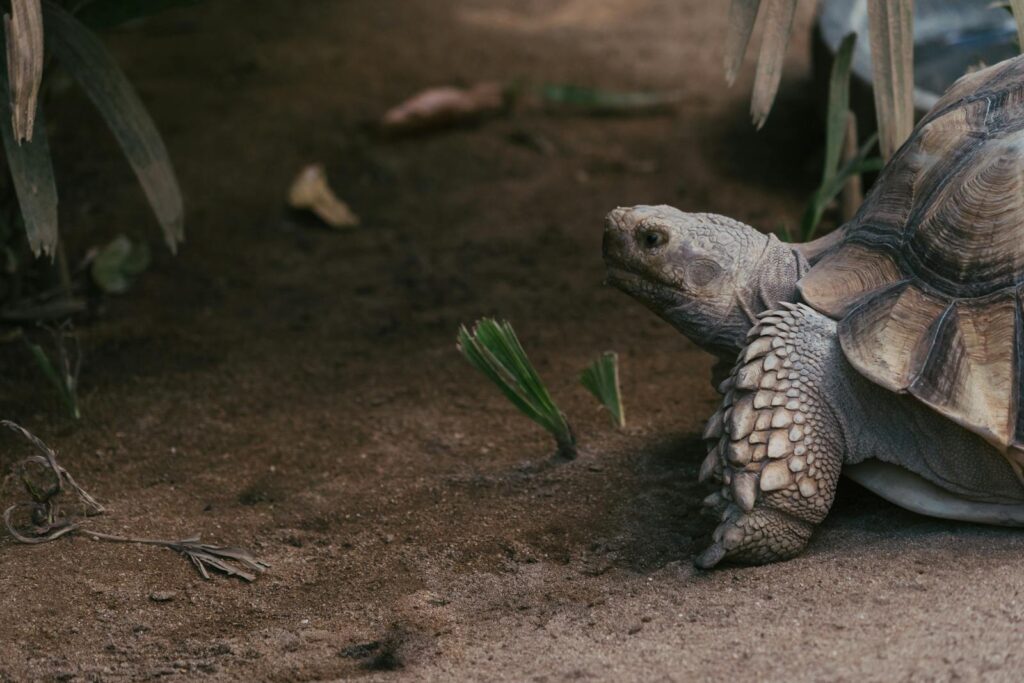
Expanding your reptile family is an exciting venture, but it requires careful planning and execution to ensure the health and safety of both your existing pets and the newcomer. Whether you’re adding a second bearded dragon, introducing a new species of gecko, or expanding your snake collection, proper quarantine procedures and gradual introductions are essential. Many reptile enthusiasts make the mistake of immediately adding new pets to existing habitats or handling them alongside established pets, which can lead to disease transmission or stress-related health issues. This comprehensive guide will walk you through the necessary steps to safely welcome a new scaled friend into your home while protecting your existing reptile collection.
Understanding Quarantine Necessity

Quarantine is the single most important procedure when adding a new reptile to your collection, but unfortunately, it’s often overlooked by even experienced keepers. New reptiles, regardless of their source, can carry parasites, bacteria, or viruses that may not be immediately apparent but could devastate your existing collection. Even reptiles from reputable breeders or pet stores should undergo a quarantine period, as stress from shipping and handling can cause dormant infections to emerge. The quarantine period gives you time to observe the animal for any health issues while preventing cross-contamination with your existing pets. Though it may seem excessive, this isolation period is your best insurance against potentially introducing health problems that could affect multiple animals.
Setting Up a Proper Quarantine Space
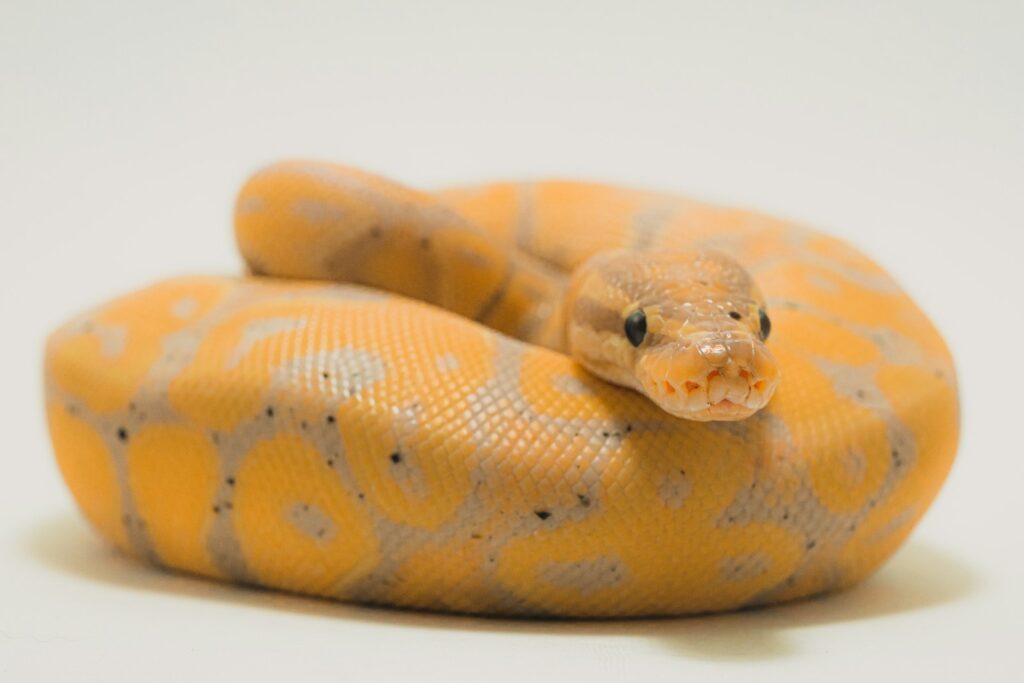
A dedicated quarantine setup should be located in a completely separate area from your existing reptiles, ideally in a different room altogether. The quarantine habitat should include all the essential elements your new reptile needs: appropriate heating, lighting, humidity controls, hiding places, and enrichment items. Use easily disinfected materials where possible, such as paper towel substrate instead of loose particles that might be reused. Temperature and humidity should be monitored just as carefully as in your permanent setups, as stress from improper environmental conditions can compromise the animal’s immune system. Remember that this quarantine setup doesn’t need to be elaborate or aesthetically pleasing—functionality and separation are the priorities during this temporary period.
Determining the Appropriate Quarantine Duration

The ideal quarantine period typically ranges from 60 to 90 days, though some experienced keepers extend this to six months for particularly valuable collections. This timeframe allows enough time for most common health issues to manifest and be addressed before introduction to your main collection. Shorter quarantine periods of 30 days, while better than nothing, may not be sufficient to detect slow-developing parasitic infections or certain viral conditions. During this time, carefully document the animal’s behavior, feeding patterns, defecation, shedding, and any physical changes to establish a baseline of health. If any concerning symptoms develop during quarantine, extend the period until the reptile has been symptom-free for at least two weeks after treatment.
Implementing Proper Hygiene Protocols
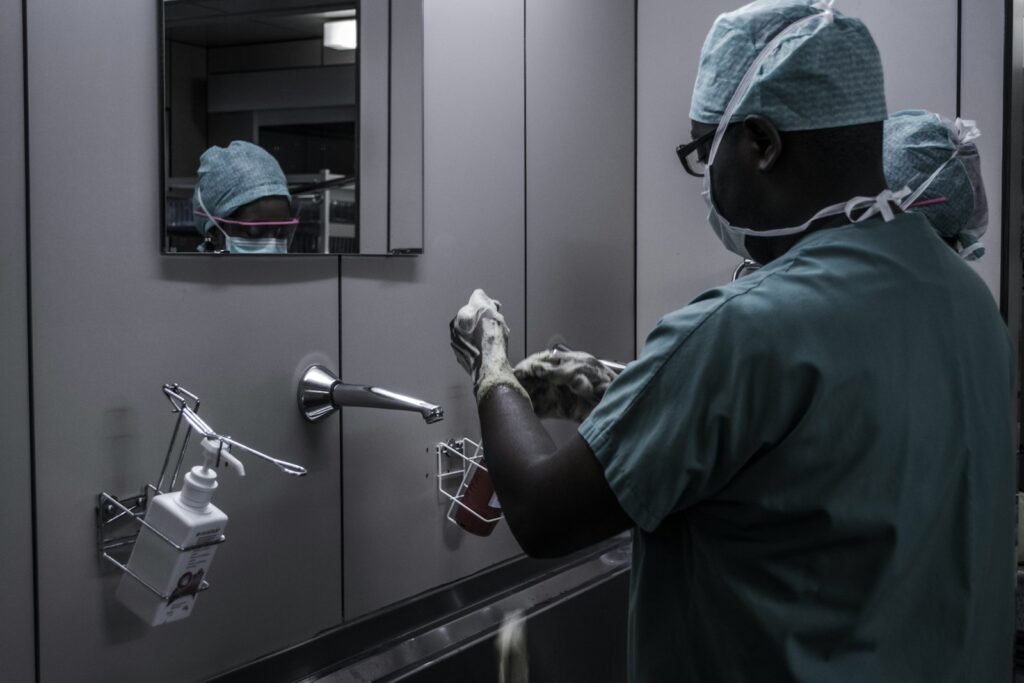
Cross-contamination prevention is crucial when maintaining a quarantined reptile alongside an established collection. Always handle quarantined animals last in your daily care routine, after you’ve attended to your existing reptiles. Wash your hands thoroughly before and after handling any reptile, and consider using disposable gloves when working with quarantined animals. Dedicated tools such as separate feeding tongs, water dishes, and cleaning equipment should be used exclusively for the quarantined animal. Some keepers even keep separate clothing or wear disposable gowns when working with quarantined reptiles. Remember that parasites and pathogens can be transmitted through shared water sources, tools, substrate, decorations, and even on your skin and clothing.
Scheduling Veterinary Screenings
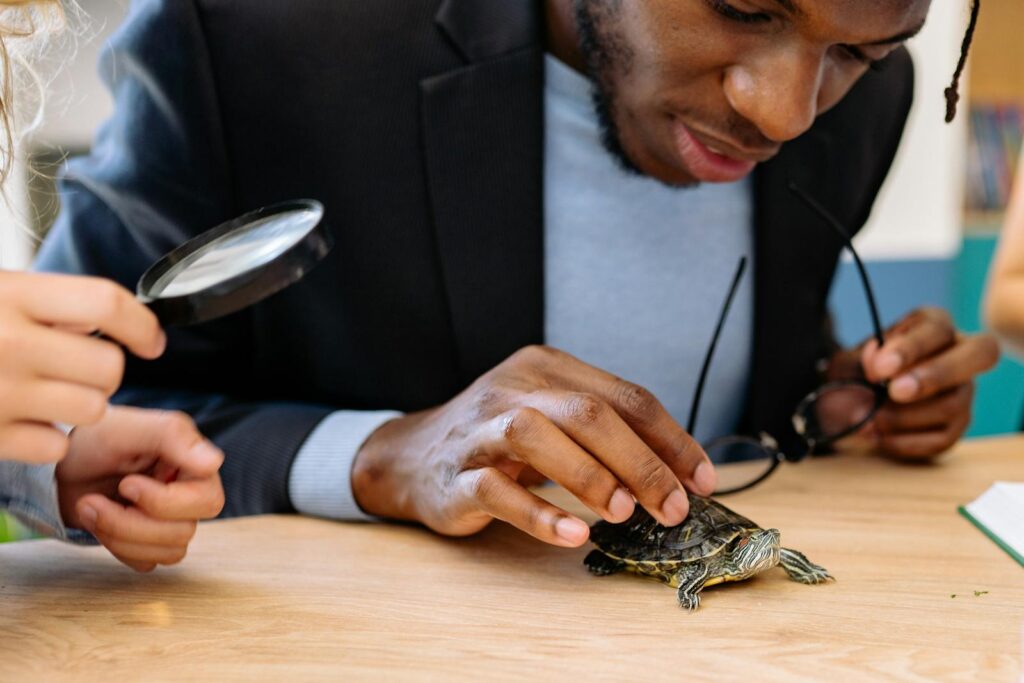
A veterinary examination is a valuable component of any quarantine protocol, ideally performed early in the quarantine period. Find a reptile-experienced veterinarian who can perform a thorough physical examination and appropriate diagnostic tests. Fecal examinations to check for parasites should be conducted at least twice during quarantine, as some parasites shed intermittently and might be missed in a single sample. Depending on the species and your concerns, additional tests might include bloodwork, skin scrapings, or specific pathogen screenings. While veterinary costs may seem significant upfront, they’re insignificant compared to the potential expense of treating your entire collection for a contagious disease that could have been prevented through early detection.
Observing Behavioral Patterns and Health Indicators

Daily observation is essential during quarantine to establish what’s normal for your new reptile and to catch any developing issues. Keep a journal documenting feeding response, defecation frequency and consistency, activity levels, and any unusual behaviors. Note the animal’s weight regularly, as unexpected weight loss could indicate internal parasites or other health concerns even when external symptoms aren’t apparent. Watch closely for signs of respiratory distress, such as open-mouth breathing, bubbles around the nostrils, or abnormal breathing sounds. Behavioral changes like decreased activity, hiding more than usual, or loss of appetite often precede more obvious physical symptoms and shouldn’t be dismissed.
Addressing Common Health Issues During Quarantine

Many new reptiles arrive with existing health issues that become apparent during quarantine, with parasitic infections being among the most common. External parasites like mites can be identified as tiny moving specks on the animal’s skin or in water bowls, while internal parasites may cause weight loss, diarrhea, or regurgitation. Respiratory infections often manifest as excess mucus, wheezing, or open-mouth breathing and require prompt veterinary attention and often antibiotic treatment. Skin conditions such as dysecdysis (abnormal shedding) or fungal infections may require humidity adjustments or topical treatments. Addressing these issues during quarantine not only ensures your new pet receives proper care but prevents possible transmission to your established collection.
Preparing for Post-Quarantine Introduction
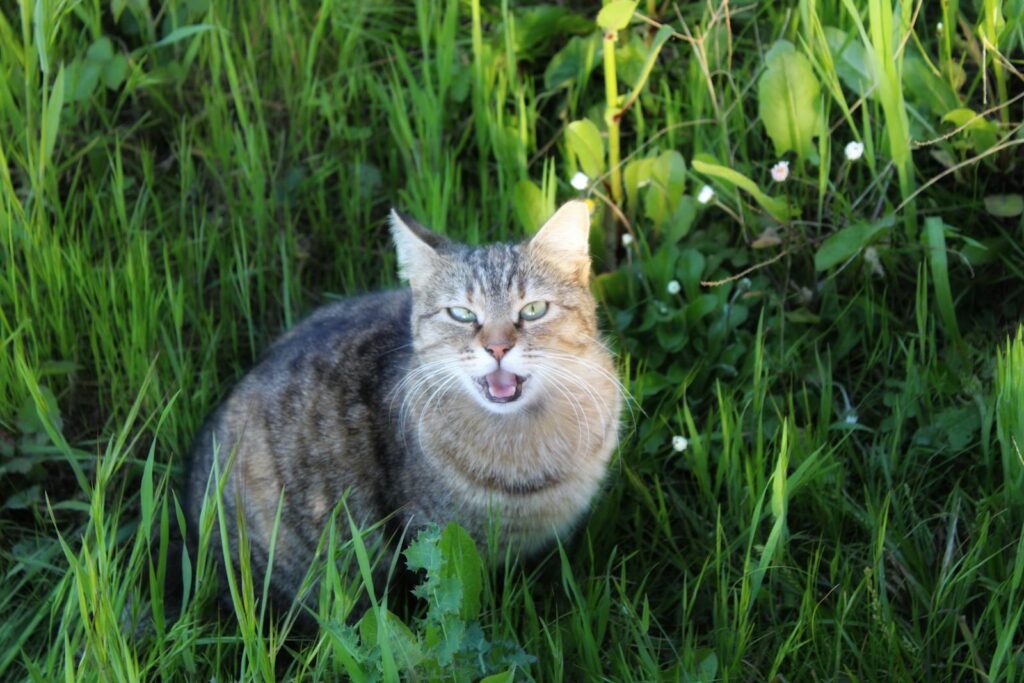
As the quarantine period nears its end, begin preparing both the permanent habitat and your existing reptiles for the newcomer’s introduction. For reptiles that will be housed together (only appropriate for social species that naturally cohabitate), gradually making the permanent habitat layout more neutral can reduce territorial responses. Consider rearranging decorations, cleaning thoroughly, and in some cases, expanding the habitat before introducing the new animal. For reptiles that will have separate enclosures but share handling time with you, ensure their permanent setup is fully established and running optimally before the move. The goal is to minimize additional stress during the transition from quarantine to permanent housing.
Understanding Species-Specific Introduction Considerations

Different reptile species have varying requirements when it comes to introductions and social dynamics. Bearded dragons, for instance, can be territorial, so introducing them requires careful visual acclimation before any physical contact. Certain gecko species may cohabitate peacefully, while others require strict separation to prevent aggression or stress. Some snake species are entirely solitary and should never be housed together except briefly for breeding purposes. Research the specific social behaviors of your reptile species before attempting introductions, and remember that even among traditionally “social” species, individual temperaments vary. When in doubt, separate housing is almost always safer than risking injury or chronic stress from forced cohabitation.
Monitoring the Initial Introduction Process

For social species that will eventually share housing, the physical introduction should be gradual and closely supervised. Begin with short periods of interaction in neutral territory—a space unfamiliar to both reptiles—while watching carefully for signs of aggression or stress. Body language such as head bobbing, arm waving, gaping mouths, or darkened coloration can indicate stress or territorial displays in lizards. For snakes, defensive posturing, striking, or attempting to flee are clear signs that the introduction is not going well. Keep initial meetings brief, gradually increasing duration as the animals show more tolerance for each other. Always have separate enclosures ready in case the integration proves unsuccessful, as forcing incompatible reptiles to cohabitate can result in injury, decreased immune function, or even death.
Establishing Long-term Monitoring Practices

Even after successful introduction, continue monitoring all reptiles in your collection for signs of stress or illness for several weeks. Weight changes, altered feeding patterns, or unusual behavior could indicate that the new social dynamic is causing stress. For reptiles in separate enclosures, maintain good biosecurity practices, such as washing hands between handling different animals, to prevent any delayed emergence of communicable conditions. Regular health checks become especially important after adding to your collection, as stress can sometimes suppress symptoms during quarantine only for them to appear later. Consider scheduling follow-up veterinary visits for both new and established reptiles if you notice any concerning changes after the quarantine period ends.
Recognizing When to Separate Reptiles
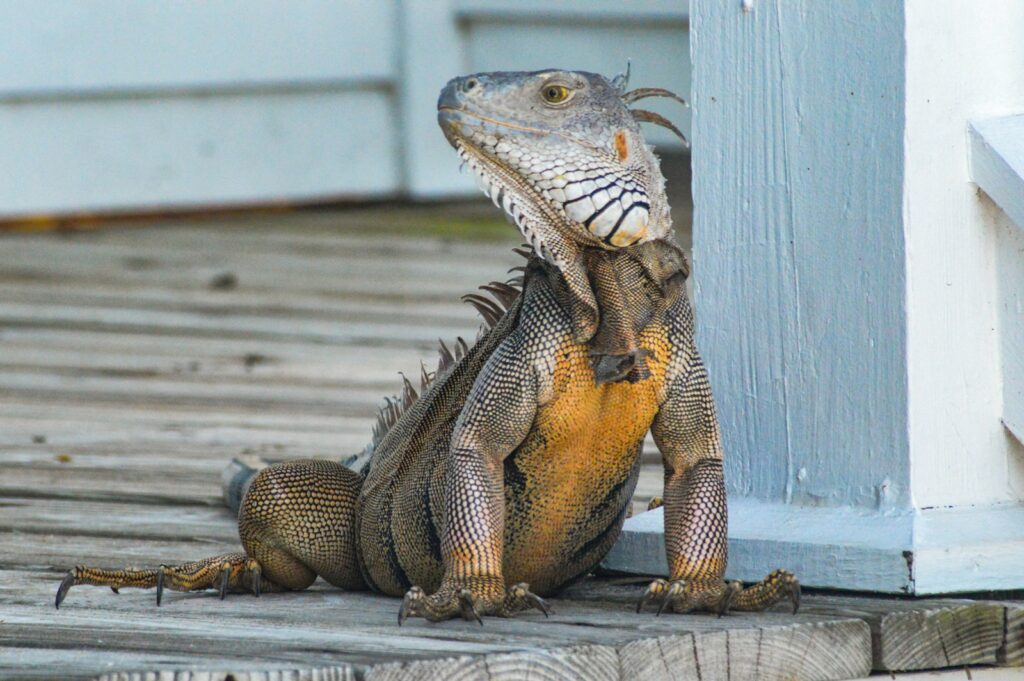
Sometimes, despite careful introductions and matching, reptiles simply don’t cohabitate well and need to be separated permanently. Signs that separation is necessary include consistent food competition where one animal dominates feeding opportunities, visible injuries or bite marks, significant weight loss in one animal, or constant stress behaviors. In breeding pairs, excessive mating attempts by males can stress females and require temporary or permanent separation. Never force cohabitation when animals are showing clear signs of incompatibility, as this can lead to chronic stress, compromised immune systems, and shortened lifespans. Having backup housing always ready is an essential part of responsible reptile keeping when attempting any cohabitation.
Building a Sustainable Collection Management Plan
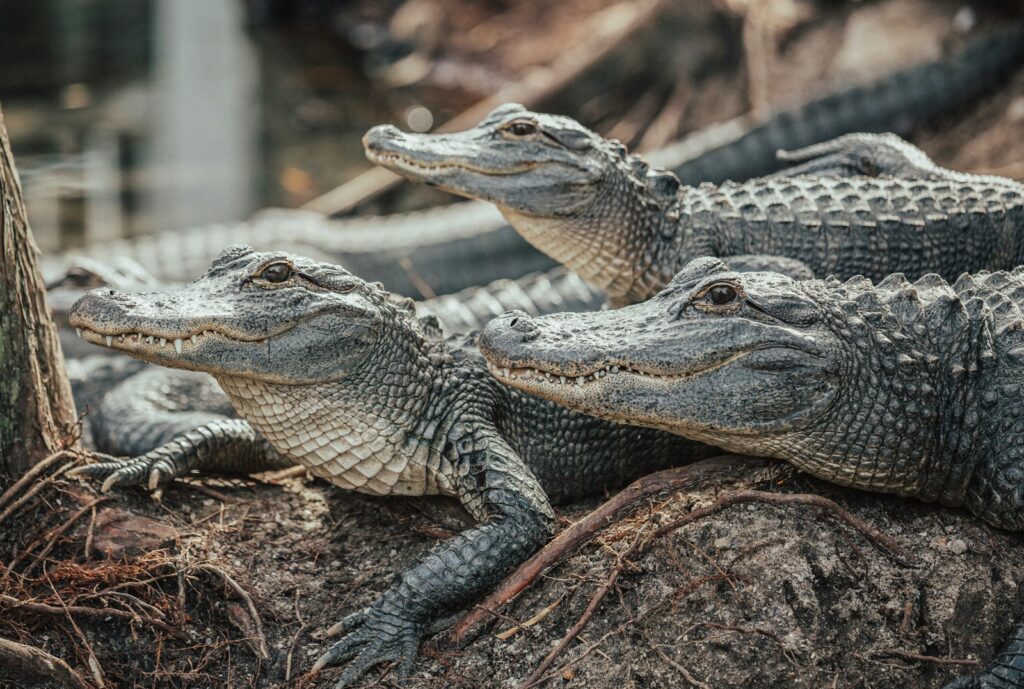
As your reptile collection grows, developing systematic management practices becomes increasingly important. Consider creating a written protocol for introducing new animals to maintain consistency even when excitement about a new acquisition might tempt you to rush the process. Dedicated quarantine supplies, regular veterinary screening schedules, and proper record-keeping of each animal’s health history will help ensure long-term success. Think carefully about the maximum number of reptiles you can properly care for given your space, financial resources, and time constraints. Responsible collection growth means sometimes saying no to new acquisitions when adding another animal would compromise the care of your existing reptiles. Quality of care should always take precedence over quantity in your collection.
Conclusion
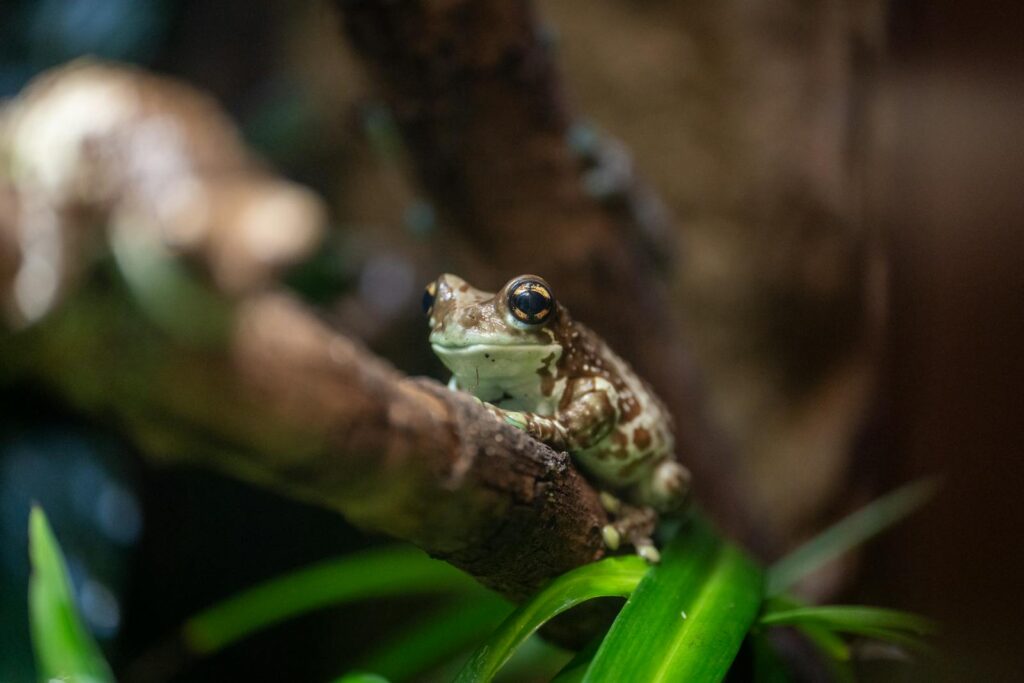
In conclusion, safely introducing a new reptile to your collection requires patience, diligence, and a commitment to proper quarantine procedures. While it might be tempting to skip these steps, particularly when your new pet appears healthy, the potential consequences to your entire collection simply aren’t worth the risk. By following the comprehensive approach outlined in this guide—from strict quarantine protocols to careful introduction techniques—you’ll be setting both your new reptile and your established collection up for long-term health and success. Remember that responsible reptile keeping sometimes means making difficult decisions about cohabitation and collection size, always prioritizing the wellbeing of the animals in your care over the excitement of expansion.

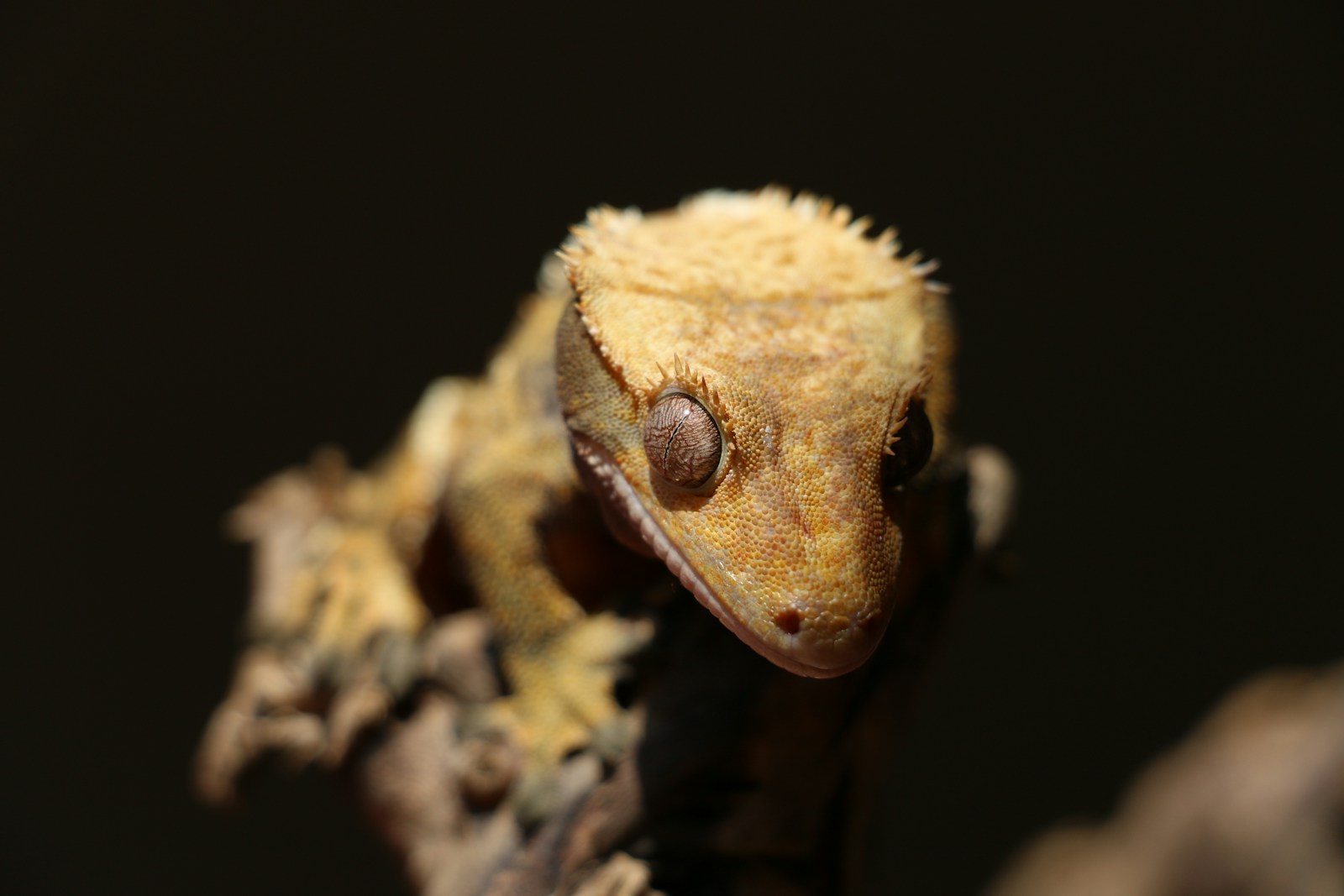
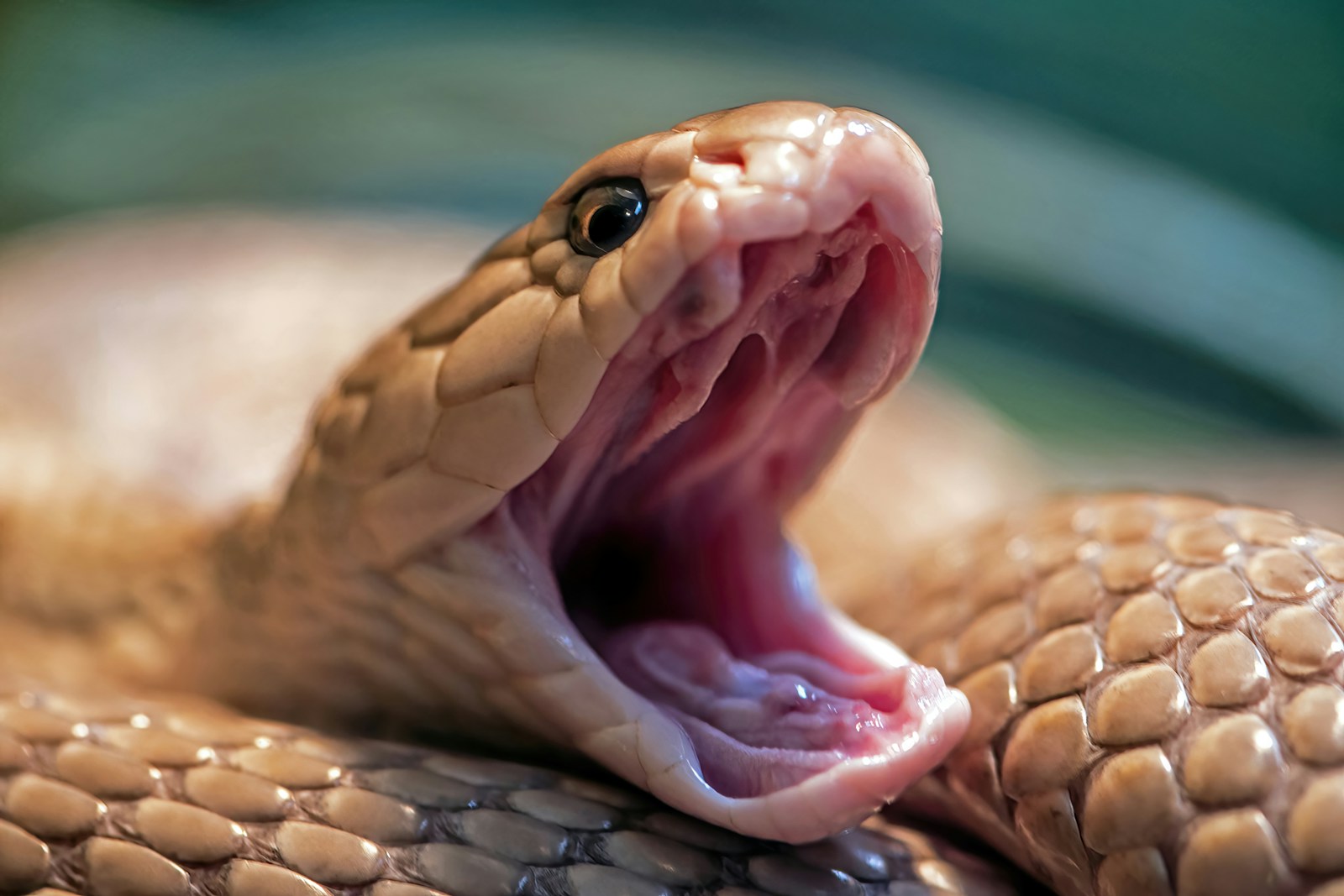

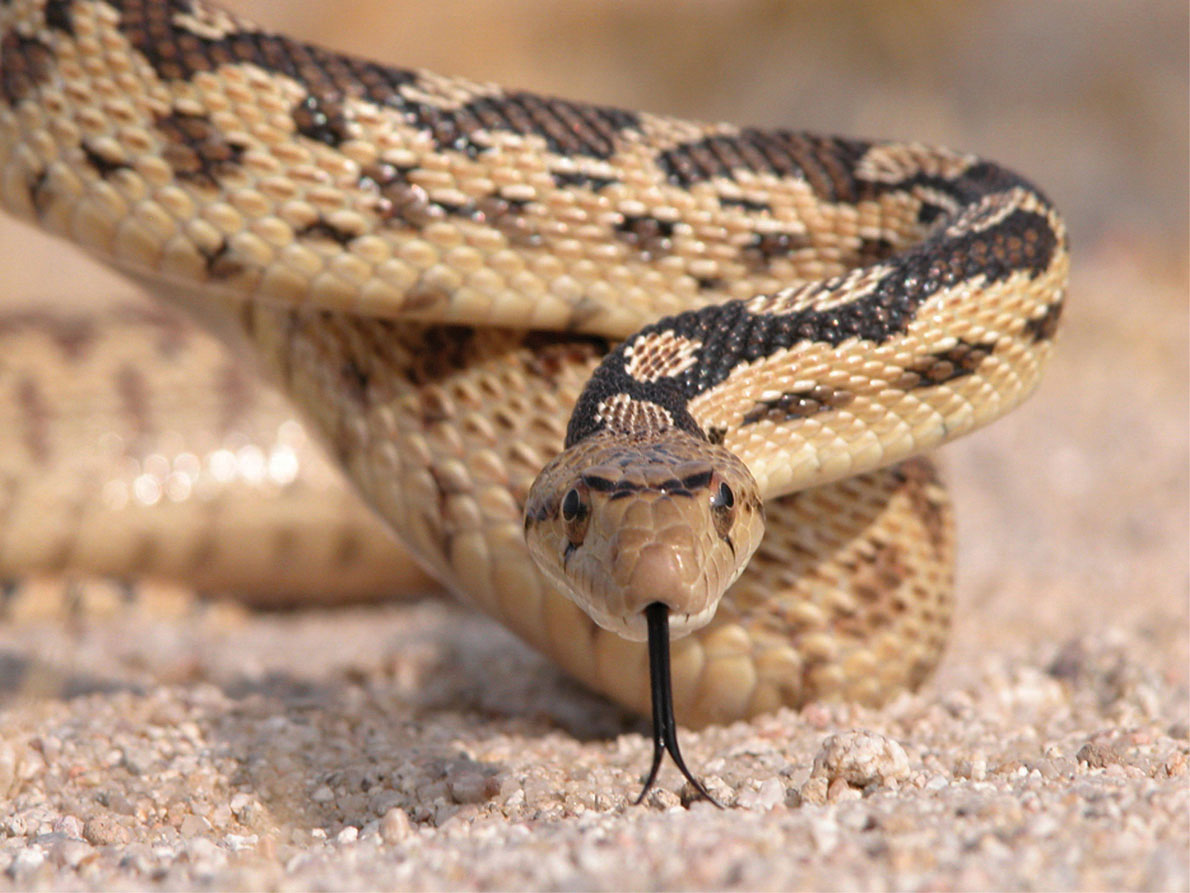
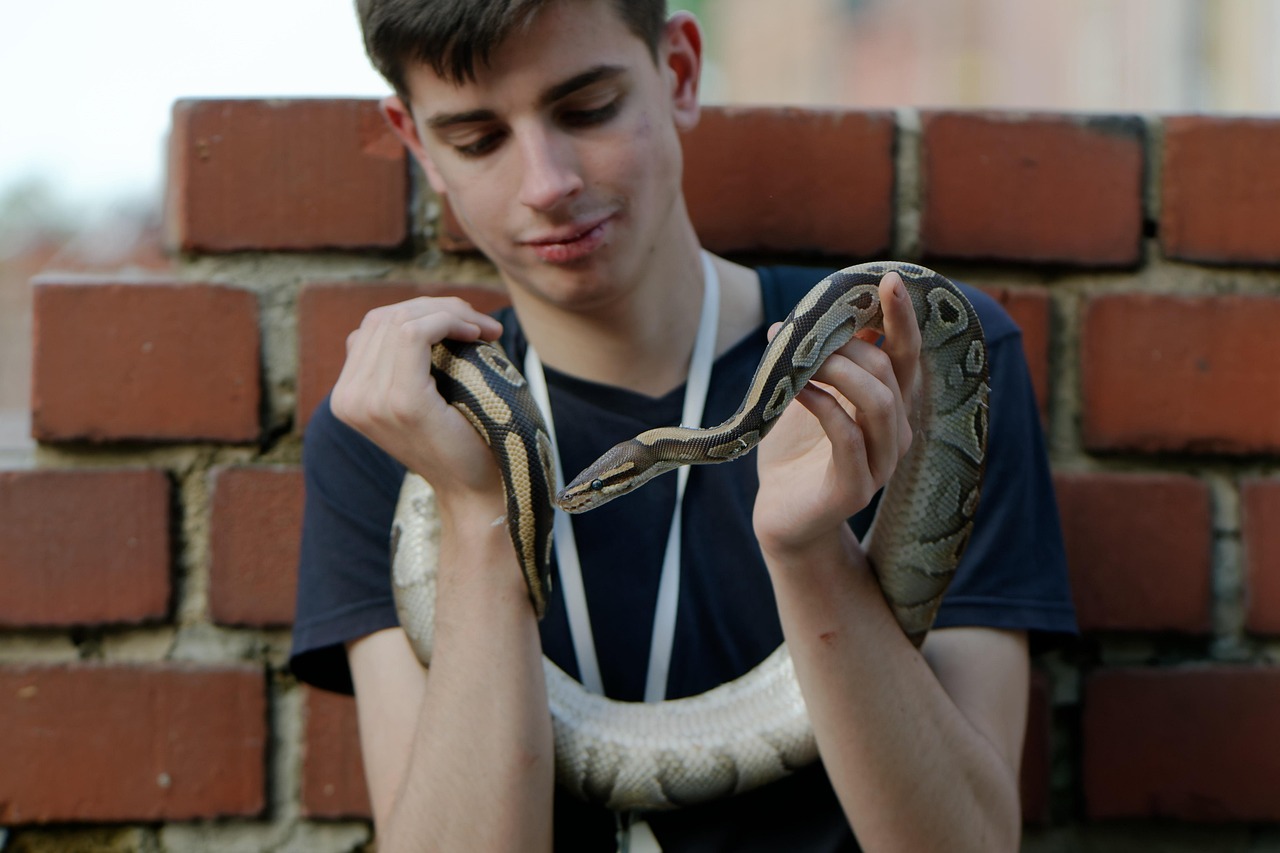
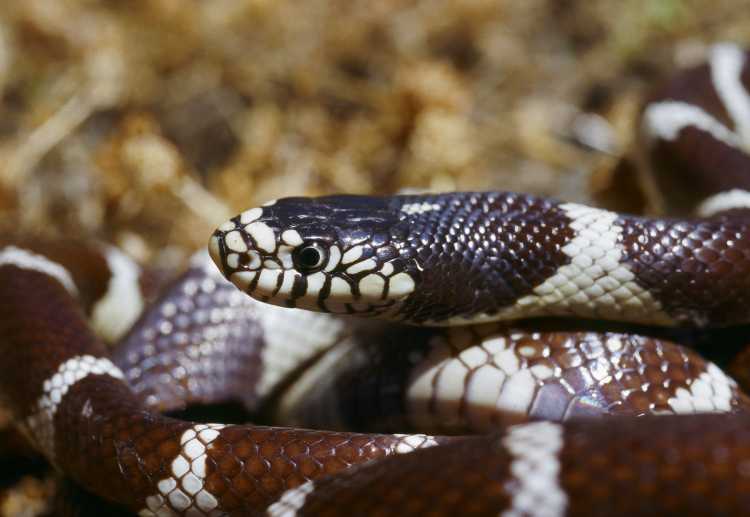
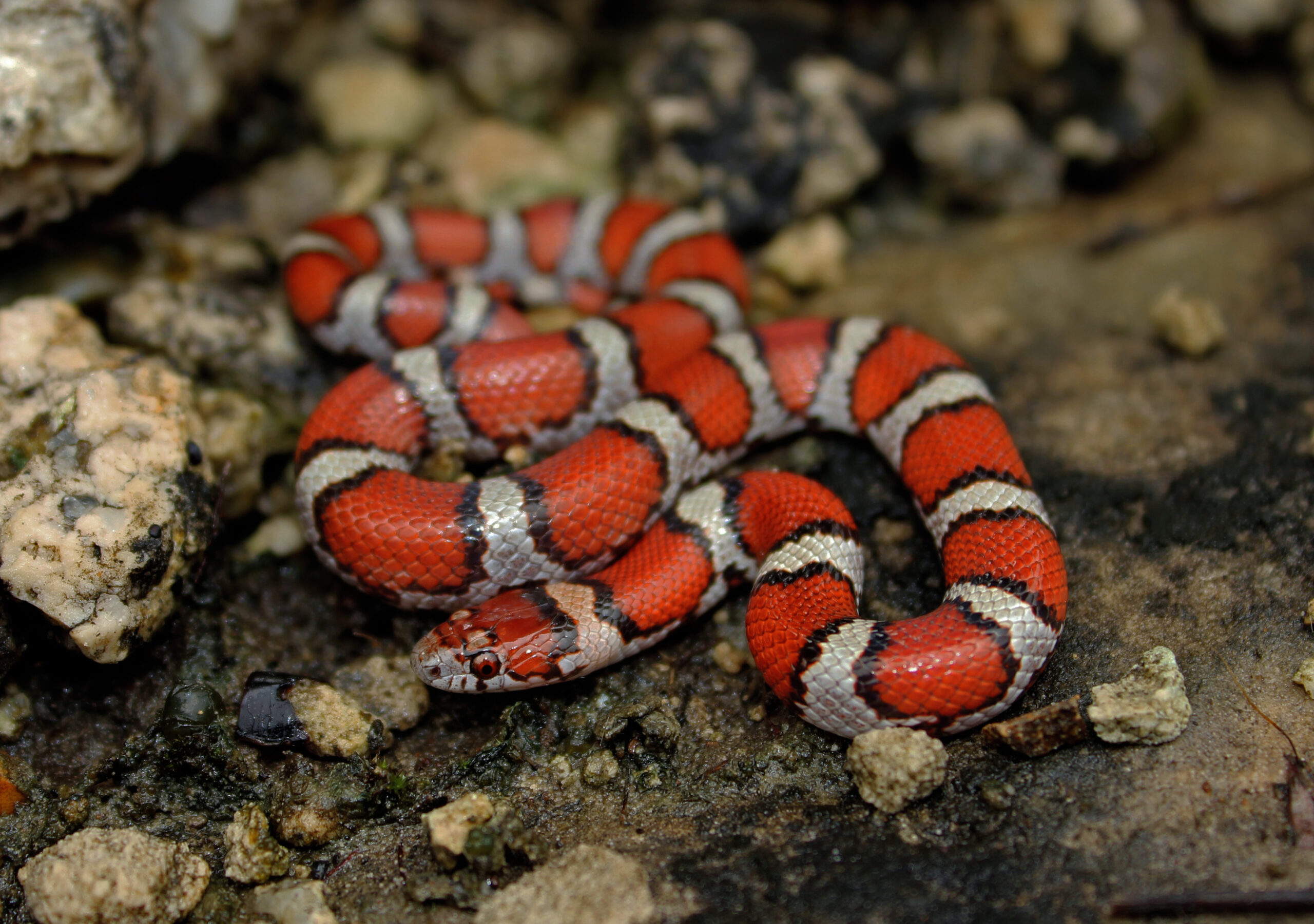








Leave a Reply